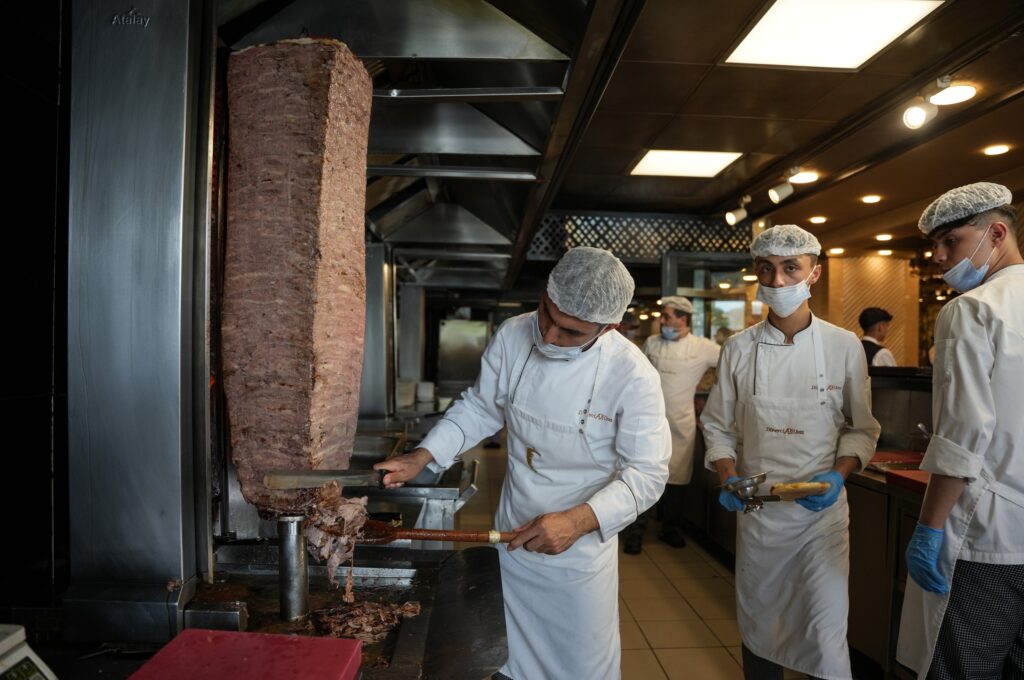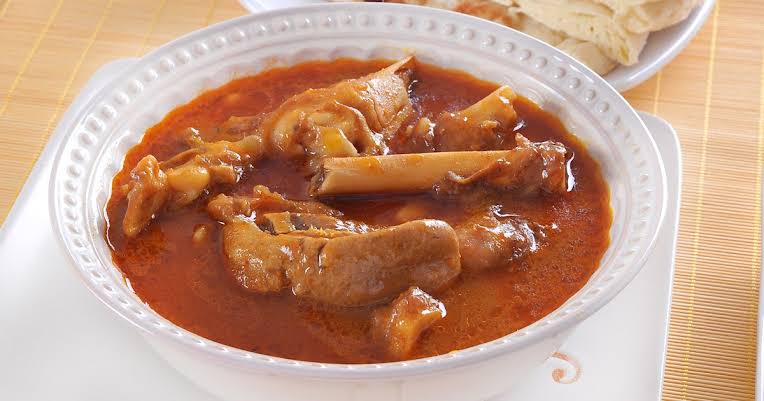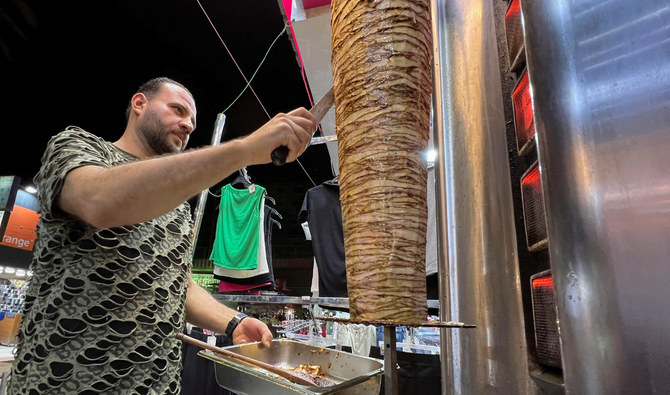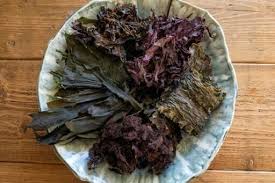
Monitoring Desk
Stilton, Cheshire, red Leicester. There are more than 700 cheeses produced in the UK, but in parts of the English-speaking world, a certain type is so ubiquitous that it’s simply referred to as “cheese”.
Cheddar is the most popular cheese in the UK, accounting for nearly half of all British cheese sales, and according to recent polls, it’s the favourite cheese among Americans and Aussies, and one of the most-eaten types in Canada, too. But while cheddar has become a dairy staple from Wisconsin to Wales, the fact that one of the world’s most-consumed cheeses has no protected designation of origin means that it’s also become one of the most mass-produced. These days, industrialised cheddar is churned out in more than a dozen countries and the plastic-packaged blocks bear little resemblance to their cave-matured predecessors.
But if you want to taste authentic cheddar cheese, the way it originally tasted, you need to visit the 5,400-person village of Cheddar in the county of Somerset in south-west England. Here, as far back as the late Middle Ages, cheesemakers used caves in the towering limestone cliffs of Cheddar Gorge as natural refrigerators.
If you want to taste authentic cheddar cheese, you need to visit the tiny village of Cheddar, located near the towering cliffs of Cheddar Gorge (Credit: James Osmond/Getty Images)
Back then – and for centuries afterward – cheese would have been made in small individual dairies. But as a result of rationing during World War Two, most of the milk in Britain was used to make a single generic cheese dubbed “Government Cheddar“. This nearly wiped out local cheese production in Britain, slashing the number of farmhouse producers from more than 3,500 before World War One to barely 100 by the end of WW2, and, for years afterward, there was no-one making traditional cheddar in Cheddar.
That finally changed in 2003 when one local couple, Katherine and John Spencer, decided to revive the cheesemaking methods that had made the name of their village world famous. And now, their Cheddar-made cheddar is winning international awards.
“We spotted a gap in the market for a traditional Cheddar made where it all began,” Katherine explained from the small office adjacent to the couples’ Cheddar Gorge Cheese Company dairy. “Our aim was to perfect a quality handmade cheese, using raw milk from one farm that was more akin to the cheese that would have been made here hundreds of years ago than the mass-produced blocks we tend to associate with cheddar today.”
Although the couple had a background in the cheese industry (Katherine had worked as a continental cheese importer and John in supermarket supply), this was a new direction. With three experienced cheesemakers working for them, they began researching local and historical cheese recipes. Over a six-year period, they perfected their brand of cheddar, eventually persuading local landowner Lord Bath to allow them to store some of their cheese in the same caves that gave the original cheddar its unique taste centuries earlier.
John and Katherine Spencer’s Cheddar Gorge Cheese Company recently won a slew of awards at multiple cheese competitions (Credit: Cheddar Gorge Cheese Company)
According to professor Paul Kindstedt, who teaches a course on the history of cheese at University of Vermont, cheddar’s origins go back to the 14th Century, when local cheesemakers implemented a process known as “scalding” (heating the curds to high temperatures in order to force liquid whey from the cheese) before pressing the curds into a harder cheese. Since a cheese’s moisture level is what makes it perishable, scalding enabled cheddar to last longer.
“The superior quality of the cheese caught the attention of wealthy Londoners who visited the renowned caves of Cheddar Gorge and dined on local cheeses during their visits,” said Kindstedt. “They spread the word, and the cheese from Cheddar acquired a positive reputation from around the 15th Century on.”
In fact, during part of Charles I’s reign from 1625-1649, demand outweighed supply, and cheese from Cheddar was only available at the king’s court. Even then, orders had to be placed well in advance.
By the mid-17th Century, London had become England’s main cheese market and there was pressure on cheesemongers to increase the size of their wheels. As a result, Cheddar-area cheesemakers developed a process known as “cheddaring”, in which they pressed milled curds to reduce the liquid whey. Decreasing the cheese’s moisture levels after scalding rendered it even more solid, making it easier to shape the cheddar into larger, longer-lasting wheels that could be transported to London and beyond.
The worldwide replication of cheddaring is one reason cheddar doesn’t have protected designation of origin status (Credit: Cheddar Gorge Cheese Company)
“The combination of scalding and cheddaring opened the door for cheesemakers all over the globe, including in America, to produce a magnificent cheese,” Kindsted said. “My home state of Vermont began producing this style of cheese under the revered name of ‘cheddar’ around 200 years ago. Vermont cheddar cheesemakers are keenly aware of the debt of gratitude that is owed to their English cheesemaker counterparts.”
In addition to the widespread replication of cheddaring and scalding, cheddar’s march around the globe was further helped by two things, starting with emigration. As Brits moved to other parts of the world, they took English cheesemaking traditions with them. Many of these places – such as the US, Canada and Australia – are where cheddar continues to be wildly popular today.
The second is packaging. “In the early 19th Century, American cheesemakers began wrapping their cheeses in cotton cloth, greased with lard which limited moisture loss during aging and storage,” said Kindstedt. “This evolved into waxing the cheese surface and later into wrapping cheese in vacuum-packed plastic laminated film.”
This development allowed cheddar production to be scaled-up and industrialised to an extent the world had never seen. Before long, there was so much cheddar cheese being produced outside of England that the US became a major supplier of cheddar to England and led to a decline in the industry there.
Visitors to the dairy can watch cheddaring in process (Credit: Cheddar Gorge Cheese Company)
But while cheddar was being recreated around the globe, it remained quintessentially British. In 1840 Queen Victoria received a massive cheddar “drum” weighing 558kg as a wedding gift. And Royal Navy officer Robert Falcon Scott took nearly 1,600kg of the stuff with him on board The Discovery during his famous 1901 expedition of Antarctica.
According to Katherine, cheddar’s early popularity was intrinsically tied to the climate and topography around the village where it was first produced.
“In Somerset we have a lot of rainfall, which produces good quality grass, and the Holstein Freisian cattle which graze it have just the right combination of fat and protein in their milk to make a quality hard cheese,” she explained. “Where nowadays dairies use milk from different herds, we use a single unpasteurised milk and begin cheesemaking within an hour of milking, just as our predecessors would have done.”
From behind a glass viewing gallery, visitors to the Cheddar Gorge Cheese Company can watch cheesemakers perform the intensely physical ritual of cheddaring. They shovel heated curds onto a cooling table, squeeze them into blocks, pull a large cheese knife through to cut the blocks before turning, stacking, squeezing and re-cutting the blocks as soon as the curds begin to knit together to remove every last remnant of whey.
The Spencers convinced Lord Bath to let them use the same caves to makes cheddar as cheesemakers did in the Middle Ages (Credit: Cheddar Gorge Cheese Company)
In pre-Covid times, visitors could also take a tour of the nearby caves and see the cheeses stored on high shelves behind protective wire-mesh screens (to stop the bats that also inhabit the caves from getting at them).
The humidity in the caves allows the moulds on the outside of the cheese to bloom
“The humidity in the caves allows the moulds on the outside of the cheese to bloom,” said Katherine, as she showed me cheese surrounded with mould so white and fluffy it resembled cotton wool. “This produces a flavour that is much more earthy and complex than other cheese. There are hints of mould and multiple layers of taste that continue to develop on the tongue.”
This robust-tasting cheese made in the Cheddar caves is what captured the imagination of 17th-Century Britain, and later the world.
“The story of cheddar, its spread, its bastardisation, its loss of identity and its reinvention is a very good example of… the very complex way in which society and economics and capitalist philosophies work,” said food historian and broadcaster Dr Annie Gray. “The return of small-scale production speaks volumes about our desire to revalue foodstuffs, to be inspired by the past and to recognise the glories of British food. But these tend to be values that only the middle classes can afford to support.”
In July 2021, the company won three awards at the Devon Show, including for its cave-matured cheddar (Credit: Cheddar Gorge Cheese Company)
Case in point: 200g of The Spenser’s cheddar costs about £5.60, whereas standard supermarket cheddar blocks can sell for as little as £1.00, but the taste is very different; the stuff from Cheddar has a sharp, strong taste that develops in the mouth, much like a fine wine.
The Spencer’s Cheddar has also won many prestigious awards, including two gold medals at the 2021 Global Cheese Awards for its cave-matured and yellow cheddar and a silver for its vintage cheddar (which is aged up to 30 months). That’s no mean feat for a small producer from a tiny town competing with larger ones all over the world.
“If cheddar had remained a small-batch West Country product, it might well have disappeared altogether, as many regional cheeses have,” said Katherine. “Its transition to a major global player has created international recognition, and with it, an appetite for our product that is closer to the original cheddar that would have been made here hundreds of years ago. Our success mirrors the success of cheddar as a cheese in all its forms.”
Courtesy: (BBC)
The post The UK village that lost its cheese appeared first on The Frontier Post.








